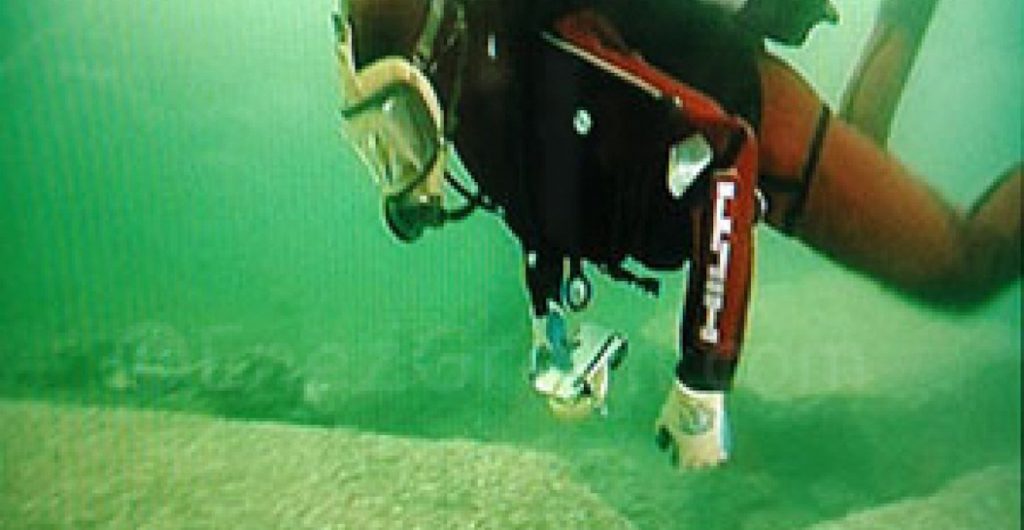Hailed as one of the top archaeological finds of 2015, the discovery was made by a joint Greek-American archaeological expedition in the small Fourni archipelago with an area of just 17 square miles. This is a collection of 13 islands and islets located between the eastern Aegean islands of Samos and Icaria.
Fourni lies right in the middle of the major east-west crossing route, as well as the north-south route that connected the Aegean to the Levant. Ships traveling from the Greek mainland to Asia Minor, or ships leaving the Aegean for the Levant had to pass by Fourni.
“Ikaria and the west coast of Samos have no harbors or anchorages, so Fourni is the safest place that ships could stop in the area”, Campbell said.
It was the first time that an underwater archaeological expedition was organized to the islands. Archaeologists from the Greek Ephorate of Underwater Antiquities and RPM Nautical Foundation worked with local sponge divers, fishermen, and free divers, and were more than surprised by the results.
Over half of the wrecks date to the Late Roman Period (circa 300-600 A.D.). Overall, the shipwrecks span from the Archaic Period (700-480 B.C.) to the Classical (480-323 B.C.) and Hellenistic (323-31 B.C.) through the Late Medieval Period (16th century).
“What is astonishing is not only the number of the shipwrecks but also the diversity of the cargoes, some of which have been found for first time,” Koutsouflakis said.
The cargoes reveal long distance trades between the Black Sea, Aegean Sea, Cyprus, the Levant, and Egypt in all those periods. At least three ships carried a cargo of amphoras, or jars, that have not been found previously on shipwrecks.



